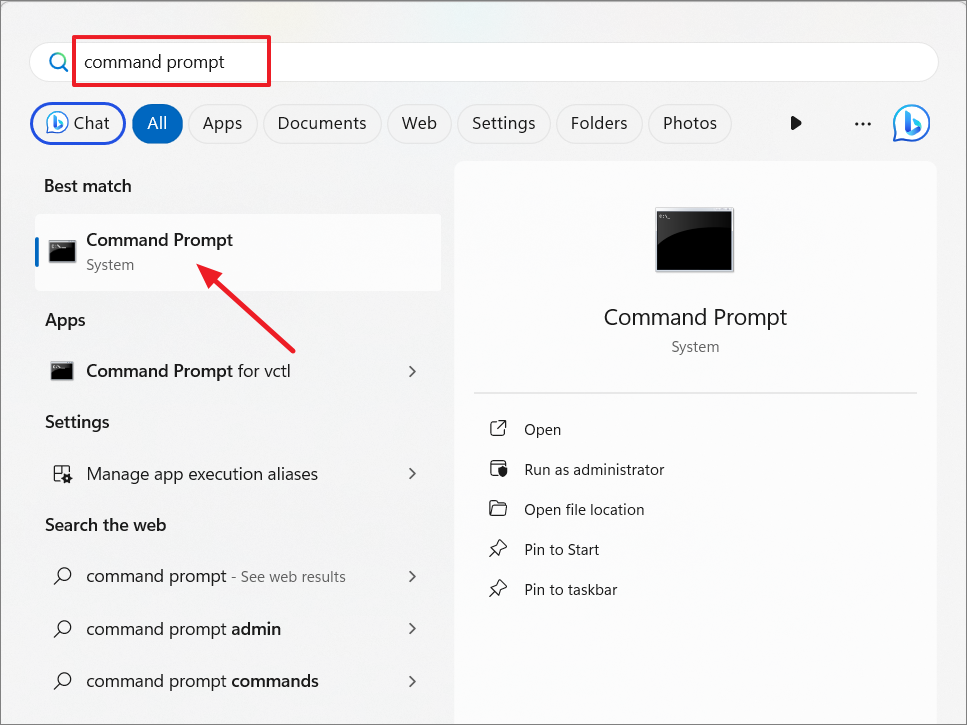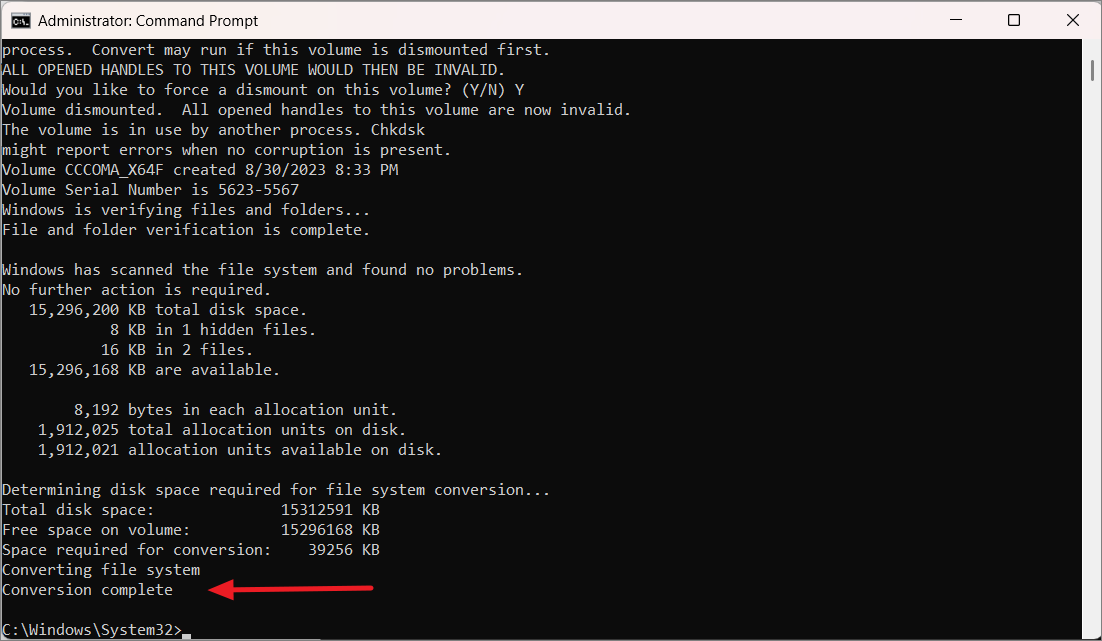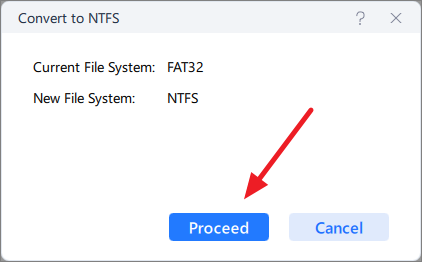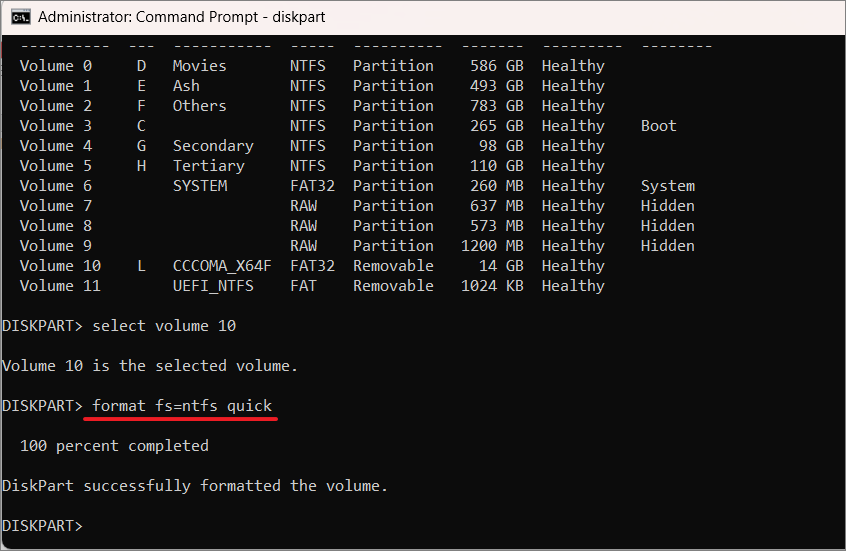When working with Windows 11, understanding the file system you're using is crucial for optimizing performance and ensuring compatibility. FAT32 and NTFS are two primary file systems that serve different purposes. While FAT32 has been a long-standing standard, it comes with limitations that might prompt you to consider converting to NTFS.
Why Convert to NTFS File System
FAT32 (File Allocation Table 32) and NTFS (New Technology File System) cater to different storage needs. FAT32 supports volumes up to 2TB with a maximum individual file size of 4GB. It lacks advanced features like file compression, encryption, and detailed security permissions. Additionally, it doesn't support journaling, which can aid in crash recovery.
NTFS addresses many of these limitations. It supports much larger volumes and file sizes—up to 16 exabytes. With NTFS, you gain access to file compression, encryption, and advanced security settings. The journaling feature in NTFS keeps track of changes, making it more resilient to crashes or unexpected power losses. This makes NTFS more suitable for modern Windows environments, whereas FAT32 is often reserved for removable storage devices due to its simplicity.
Check the File System
Before proceeding with any conversion, it's important to know which file system your drive is currently using.
Step 1: Press Windows+E to open File Explorer. Navigate to the 'This PC' section to view all your drives.

Step 2: Right-click on the drive you wish to check and select 'Properties' from the context menu.
Step 3: In the 'General' tab of the Properties window, you'll find the 'File system' information, indicating whether it's FAT32 or NTFS.

Convert FAT32 to NTFS Without Losing Data in Windows 11
If you've decided to upgrade from FAT32 to NTFS without losing your existing data, there are reliable methods to accomplish this. Before starting, ensure there's adequate free space on your drive to accommodate the conversion process.
Convert FAT32 to NTFS Using Command Prompt
The Command Prompt provides a straightforward way to convert your file system without third-party software.
Step 1: Back up your important data to safeguard against any potential issues during the conversion.
Step 2: Open Command Prompt with administrative privileges. Press the Start button, type cmd, and select 'Run as administrator' from the options.

Step 3: In the Command Prompt window, type the command below and press Enter:
convert DriveLetter: /fs:ntfsReplace DriveLetter with the actual letter of the drive you want to convert.
For example:
convert L: /fs:ntfs
Step 4: If prompted that the drive is in use and asks to force a dismount, type Y and press Enter to proceed.

The conversion process will begin. Duration may vary based on drive size and system performance. Upon completion, you'll see a 'Conversion complete' message.

If required, restart your computer to finalize the conversion.
Use Third-Party Utilities to Convert FAT32 to NTFS
For those who prefer graphical interfaces or additional features, third-party utilities like EaseUS Partition Master offer user-friendly solutions.
Step 1: Download and install EaseUS Partition Master from the official website.
Step 2: Launch the application. In the main interface, locate the drive you wish to convert. Right-click on it, select 'Advanced', and then choose 'FAT32 to NTFS' from the dropdown menu.

Step 3: Click on 'Proceed' to initiate the conversion process.

Step 4: Review the pending operations and settings. When ready, click 'Apply' to start the conversion.

Step 5: Once the process is complete, a confirmation message will appear. Click 'Done' to finish.

A system restart may be necessary to apply all changes effectively.
Convert FAT32 to NTFS with Data Loss on Windows 11
In some cases, formatting your drive to convert from FAT32 to NTFS might be preferable, especially if you want a clean slate. This method will erase all data on the drive, so ensure you've backed up any important files beforehand.
Convert FAT32 to NTFS Using Windows File Explorer
Step 1: Open File Explorer by pressing Windows+E and navigate to 'This PC' to view your drives.
Step 2: Right-click on the FAT32 drive you wish to format and select 'Format' from the context menu.
Step 3: In the Format window, set the 'File system' to 'NTFS'. You can also assign a new 'Volume label' if desired.
Step 4: If you prefer a faster format, check the 'Quick Format' option. Otherwise, uncheck it for a thorough format.
Step 5: Click 'Start' to begin the formatting process.
Step 6: A warning message will appear notifying you that all data will be erased. Click 'OK' to confirm and proceed.
Once the format is complete, your drive will now use the NTFS file system and be ready for use.
Convert FAT32 to NTFS Using Disk Management
The Disk Management tool offers another method to format your drive to NTFS.
Step 1: Right-click the Start button and select 'Disk Management' from the menu.
Step 2: In the Disk Management window, locate the FAT32 drive you wish to convert. Right-click on the volume and select 'Format'.
Step 3: In the Format dialog, set the 'File system' to 'NTFS'. You can also provide a 'Volume label' if you wish.
Step 4: Choose whether to perform a quick format by checking or unchecking the option. Click 'OK' to confirm your settings.
Step 5: A warning will appear about data loss. Click 'OK' to proceed with the format.
Once formatting is complete, your drive will be set up with the NTFS file system.
Convert FAT32 to NTFS with Data Loss Using the Command Prompt
Formatting via Command Prompt is another method to convert your drive, which also results in data loss.
Step 1: Open Command Prompt as an administrator.
Step 2: Type diskpart and press Enter to launch the DiskPart utility.

Step 3: Enter list volume to display all available volumes.

Step 4: Identify the volume number corresponding to your drive. Type select volume #, replacing # with the appropriate volume number.

Step 5: Format the selected volume by typing:
format fs=ntfs quickStep 6: Wait for the process to complete. A success message will confirm the format.

Step 7: Type exit to leave DiskPart and close Command Prompt.

By following these methods, you can effectively convert your FAT32 drives to NTFS in Windows 11, choosing between preserving your data or starting fresh, depending on your needs.


